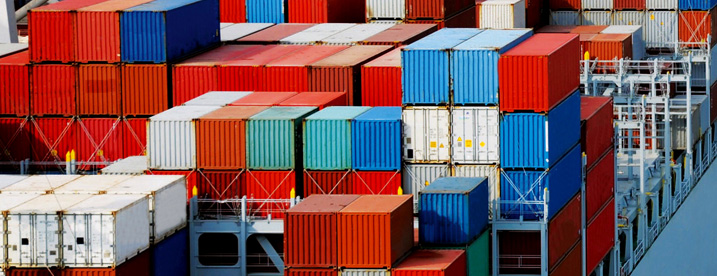By Dev Kar, August 16, 2010
Illicit Financial Inflows and Illicit Financial Outflows Must Be Added Together in order to Accurately Measure the Adverse Impact of these Flows on Developing Economies, Explains Dr. Dev Kar
Capital flight, in its broadest sense, consists of the cross-border transfer of licit as well as illicit capital. The licit component of capital flight basically consists of short-term capital movements initiated by the private sector. This portion of capital flight arises as a result of private investors’ portfolio decisions in response to interest rate differentials, changes in tax policy, expectations of exchange rate depreciation, and other macroeconomic conditions. In contrast, illegal capital flight or illicit financial flows are intended to disappear from any record in the country of origin, and earnings on the stock of illegal capital outside that country does not normally return. Of late, there has been a transition, from the term illegal capital flight to the term “illicit financial flows” in documents of the United Nations and other multilateral institutions. Illicit money is money that is illegally earned, transferred, or utilized. Somewhere at its origin, movement, or use, the money broke laws and hence it is considered illicit. There is another reason for the change in terminology. While the term capital flight tends to place the onus of curtailing the problem upon the economic or governance problems in developing countries, illicit financial flows sees the transfer as a two-way street where the poor countries generate the flows while the developed world facilitates their absorption.

Global Financial Integrity Lead Economist Dev Kar Examines the Role of Illicit Financial Flows in the Greek Debt Crisis. IFFs Cost Greece an Estimated US$160 Billion over the Last Decade
Greece has been in the news a lot lately and as we all know, it has not been good news. By all accounts, the austerity measures being imposed on the population as a condition for bailing Greece out of the financial crisis, is severe. As Walter Mead points out in a recent blog, investors are worried that the Greeks may not stand for them. He rightly notes that ordinary Greeks feel that the rich should pay the costs of the economic crisis and not them. They are right. According to an article in the Washington Post (Is austerity a Greek myth? By David Ignatius, May 3, 2010), Prime Minister Papandreou admits that corruption now robs the Greek economy by US$20-30 billion and “graft” (probably meaning bribery and kickbacks) accounts for some 8-12 percent of GDP. If, as I suspect, the Prime Minister is talking of graft and corruption as separate components, the size of Greece’s underground works out to some 18-21 percent of GDP. The result still falls short of the 25-30 percent of GDP estimated by most economists.
By Dev Kar, February 18, 2010
A recent study at Global Financial Integrity (GFI) found that illicit financial flows from developing countries (henceforth emerging markets), which grew around 18 percent per annum since 2002 swelled up to US$1 trillion in 2006. While the lack of prudent macroeconomic policies, political instability, and governance issues are major drivers of illicit flows, a subsequent study at GFI found that banking secrecy and lack of regulatory oversight facilitated the absorption of illicit flows in mainly Western financial institutions. Curtailing illicit flows must therefore involve both emerging market as well as developed countries to address the factors responsible for the generation and absorption of illicit funds.
By Dev Kar, February 2, 2010

Time is running short for recipient countries to curtail illicit financial outflows and for developed countries to implement stricter oversight of banks and offshore financial centers that absorb these flows. Developing countries cannot count on a continued increase in bilateral assistance to offset the erosion of real values through inflation let alone counteract the reduction in aid effectiveness due to unrecorded leakages of capital.
By Dev Kar, September 30, 2009

Illicit financial flows exit developing countries through two broad channels—as unrecorded capital flows from a country’s external accounts (captured by the World Bank Residual model) and trade mispricing (captured by the Direction of Trade statistics or DOTS model). GFI’s study Illicit Financial Flows from Developing Countries: 2002-2006 points out that some researchers have questioned the use of the trade mispricing model to capture illicit flows. They argue that data issues underlying the recording of partner country exports and imports introduce enough “noise” so that the trade mispricing model is unable to capture illicit flows. I was therefore not surprised to hear cynical remarks about the quality of bilateral trade statistics at a recent World Bank conference (Understanding the dynamics of the flows of illicit funds from developing countries, September 14-15). Here, I point out the reasons why most economists reject such arguments for not studying trade mispricing as a conduit for illicit financial flows from developing countries.



